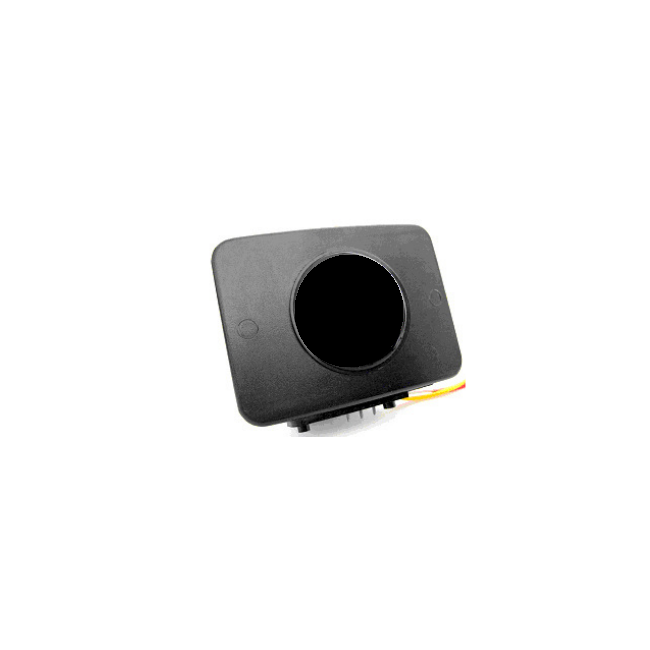




€191.67 tax excl.
electronic ignition MZ TS250 12V
This device enables to replace the breaker points and the condenser via a contactless system triggered by a light beam.
More explanation below.
Availability: In stock
Secure payment by credit card, Paypal, check or bank transfer
Delivery in 48 hours
Customer service at your disposal from 9 a.m. to 5 p.m.
This device usually consists of three main components:
1. An adapter plate on which are fixed the infrared light beam systems (one per cylinder), these being broken by the rotor as it rotates on the cam of the engine or the crankshaft.
When a light beam is intercepted by a rotor blade, the electronic module triggers the coil. (Some systems have a separate mounting with an adapter IR system and not necessarily all systems on a single adapter).
The upgrade kit also includes the parts necessary to install the lamps around the cam or crank the bike.
2. A rotor that fits over the cam of the motorcycle or the crankshaft and which intercepts the infrared beam to operate the coil.
This rotor can be made of metal or heat resistant plastics and solvents.
3. An electronic module which collects the instructions of the rotor and triggers the coil.
This one can be supplied with positive or negative ground depending on the configuration of your bike and a separate switch for each channel infrared system.
The module is available in 6 and 12V and therefore adapts to the old bikes.
It has a LED light synchronization.
4. A cabling system is provided with each kit, reprennant dimensions, connectorsson and color of the original wiring of the bike for a quick, easy and professional.
The system requires standard tools and is easy to install.
Please note that the resistance to the input terminals of the ignition coil must be at least 3 ohms (many motorcycle reels is 4 ohms or greater)
Please also note that the system does not include any functionality in advance or delayed ignition and relies on the advance and mechanical delay mechanism mounted originally on the bike.